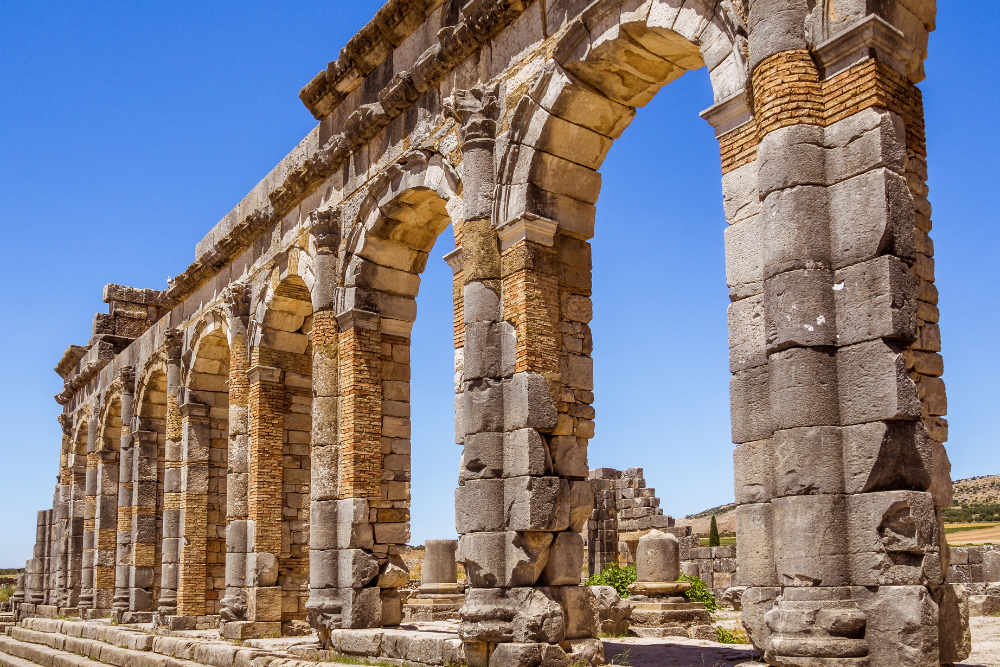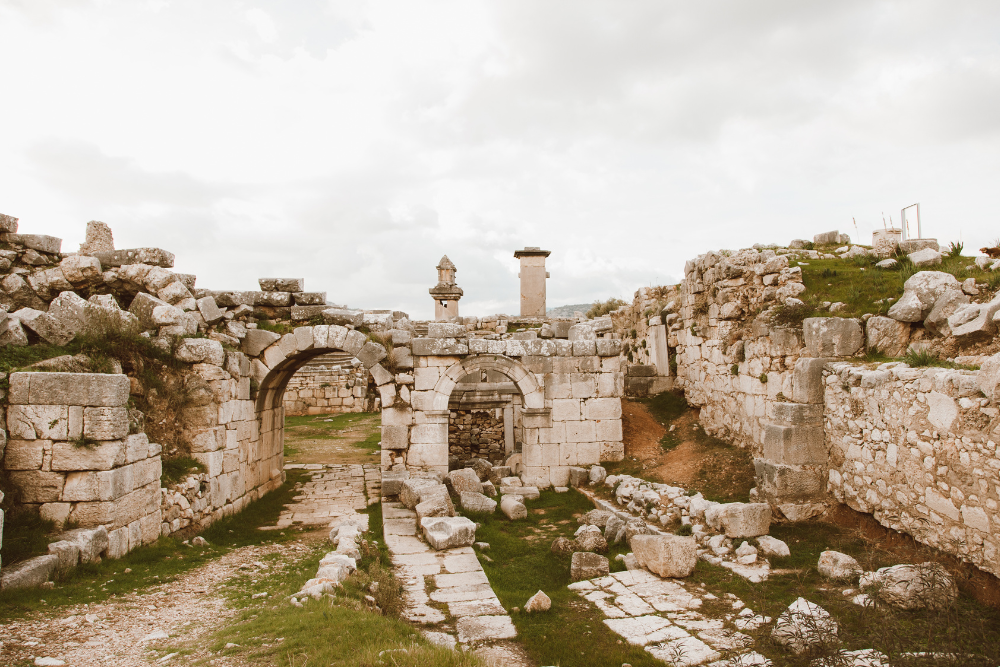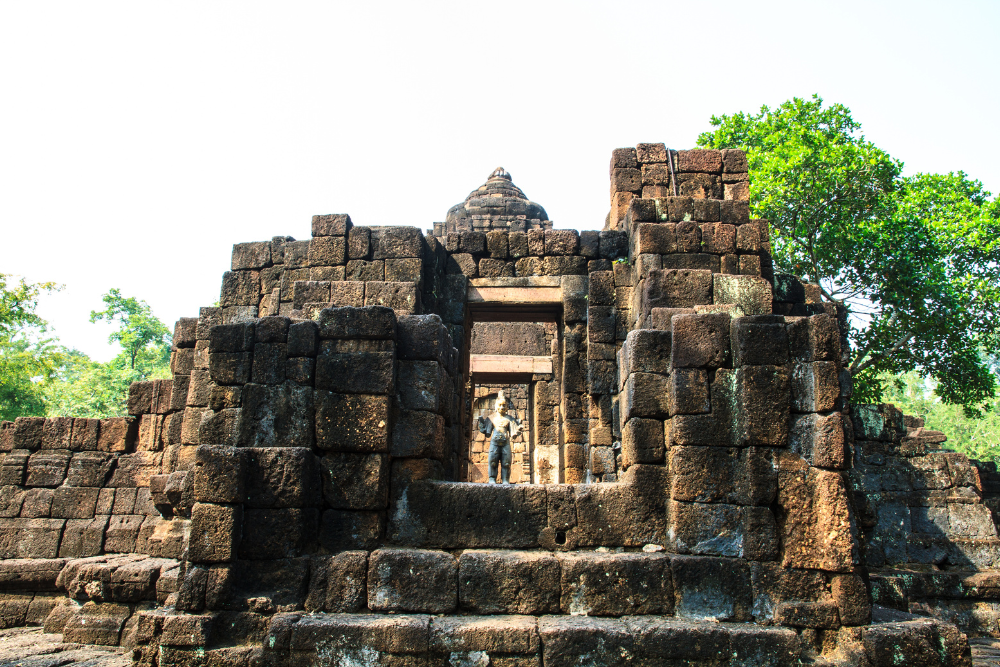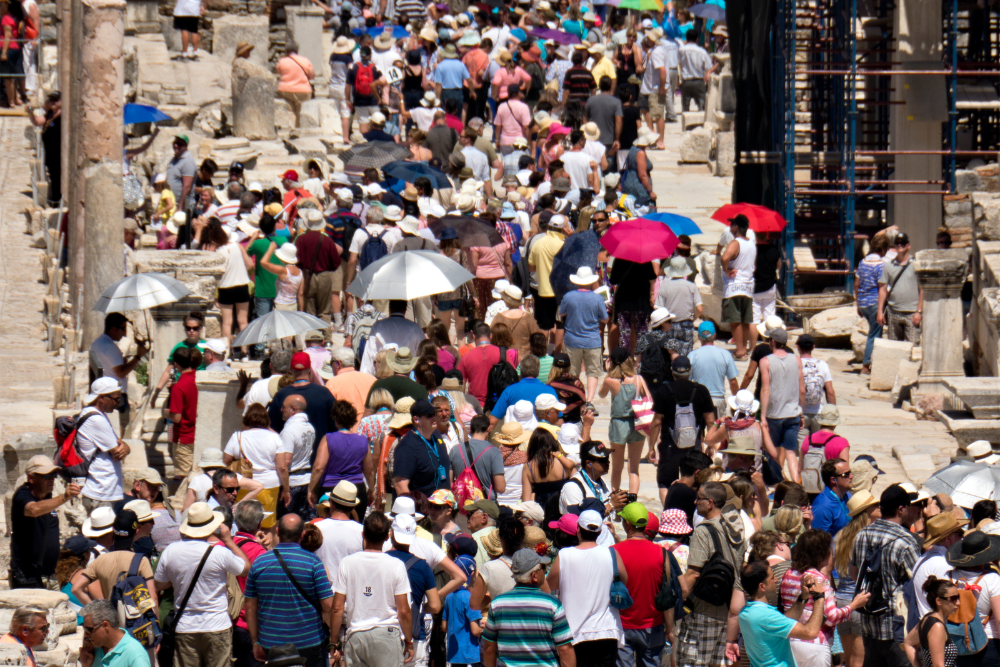Austria is a country rich in history, offering travelers a unique opportunity to explore ancient castles, imperial palaces, and architectural marvels that have shaped European history. From the reign of the Habsburg dynasty to medieval fortresses and WWII memorials, Austria is home to some of the most captivating historical sites in Europe. Here are the top five must-visit historical sites that should be on any history lover’s list when traveling to Austria.
1. Hofburg Palace – Vienna

Located in the heart of Vienna, the Hofburg Palace is one of the most significant historical landmarks in Austria. Once the imperial residence of the Habsburg family, it has been the seat of power for Austrian emperors for over 600 years.
- Historical Significance: The Hofburg was originally constructed in the 13th century as a medieval fortress, but it grew over the centuries into a grand palace complex. It served as the primary residence of the Habsburg emperors and became the center of the Austro-Hungarian Empire. Today, the palace complex houses several museums and government buildings.
- Attractions: The Imperial Apartments, the Sisi Museum (dedicated to Empress Elisabeth), and the Austrian National Library are some of the main highlights. The Imperial Chapel (Kapelle) is where the famous Vienna Boys’ Choir performs.
- Tip: Take a guided tour to learn about the Habsburg dynasty and explore the palace’s stunning art collections, intricate rooms, and ceremonial halls.
2. Schönbrunn Palace – Vienna

One of the most beautiful examples of Baroque architecture, Schönbrunn Palace is a must-visit for anyone interested in Austrian history and royal life. Located in Vienna, the palace was the summer residence of the Habsburg family.
- Historical Significance: Built in the 17th century, Schönbrunn was originally a hunting lodge before being transformed into a magnificent palace by Emperor Leopold I and later expanded under the reign of Empress Maria Theresa. The palace is a symbol of the imperial grandeur and lavish lifestyle of the Habsburg court.
- Attractions: Explore the Imperial Apartments, the Great Gallery, and the beautiful Palace Gardens. The Gloriette, a hilltop structure with sweeping views of the gardens and Vienna, is a popular spot for visitors.
- Tip: Don’t miss the Children’s Museum, which gives insight into the lives of the young royal children, and the Privy Garden, a beautifully maintained section of the palace grounds.
3. Hohenwerfen Castle – Werfen

Located in the Salzach River Valley near Werfen, Hohenwerfen Castle is one of the most impressive medieval fortresses in Austria. The castle is perched on a dramatic cliff and offers visitors a glimpse into Austria’s military past.
- Historical Significance: Built in the 11th century, Hohenwerfen Castle has served as a military stronghold, royal residence, and prison. Its strategic location provided an ideal defense point during medieval conflicts.
- Attractions: Visitors can explore the keep, the armory, and the Knight’s Hall, which features exhibitions on the castle’s military history. The falconry center offers live falconry displays, which were an important part of medieval aristocratic life.
- Tip: The castle’s panoramic views of the Salzach Valley and the surrounding Alps are breathtaking, so be sure to bring a camera.
4. Melk Abbey – Melk

Overlooking the Danube River in the picturesque town of Melk, Melk Abbey is one of the most significant and beautiful Baroque monasteries in Europe. This abbey has been a center of religious life for over a thousand years.
- Historical Significance: Established in the 11th century, Melk Abbey was originally a royal residence before being converted into a Benedictine monastery. It became a major intellectual and religious hub during the Middle Ages and later became a symbol of the Catholic Church’s influence in Austria.
- Attractions: The abbey is known for its stunning Baroque architecture, including the magnificent library, the imperial rooms, and the church with its striking frescoes and ornate altar. The abbey gardens offer a peaceful setting with views of the surrounding countryside.
- Tip: Don’t miss the Abbey Museum, which provides fascinating insights into the monastery’s history and the religious manuscripts it has preserved for centuries.
5. Dachau Concentration Camp Memorial Site – Near Salzburg

Located near Salzburg, the Dachau Concentration Camp Memorial Site is one of the most somber and historically significant places to visit in Austria. Dachau was the first Nazi concentration camp and a symbol of the atrocities committed during World War II.
- Historical Significance: Established in 1933, Dachau served as a model for subsequent concentration camps. Over 30,000 prisoners died here during the war, and the site is a powerful reminder of the horrors of the Holocaust.
- Attractions: Visitors can tour the preserved barracks, watchtowers, and the memorial chapel. The museum provides in-depth exhibits on the history of the camp, the lives of the prisoners, and the atrocities committed there.
- Tip: The Dachau Memorial Site is a place for reflection, so visitors should approach with respect and take the time to learn about the victims and the history of the camp.
Conclusion

Austria is a country that offers travelers a wide array of historical sites, each telling a unique and compelling story. From the grandeur of imperial palaces to the solemn reminders of its darker past, Austria’s historical landmarks provide valuable insight into the country’s rich and diverse history. Whether you’re a history buff, architecture lover, or simply a curious traveler, these top five historical sites in Austria will leave you with unforgettable memories and a deeper understanding of the country’s past.












